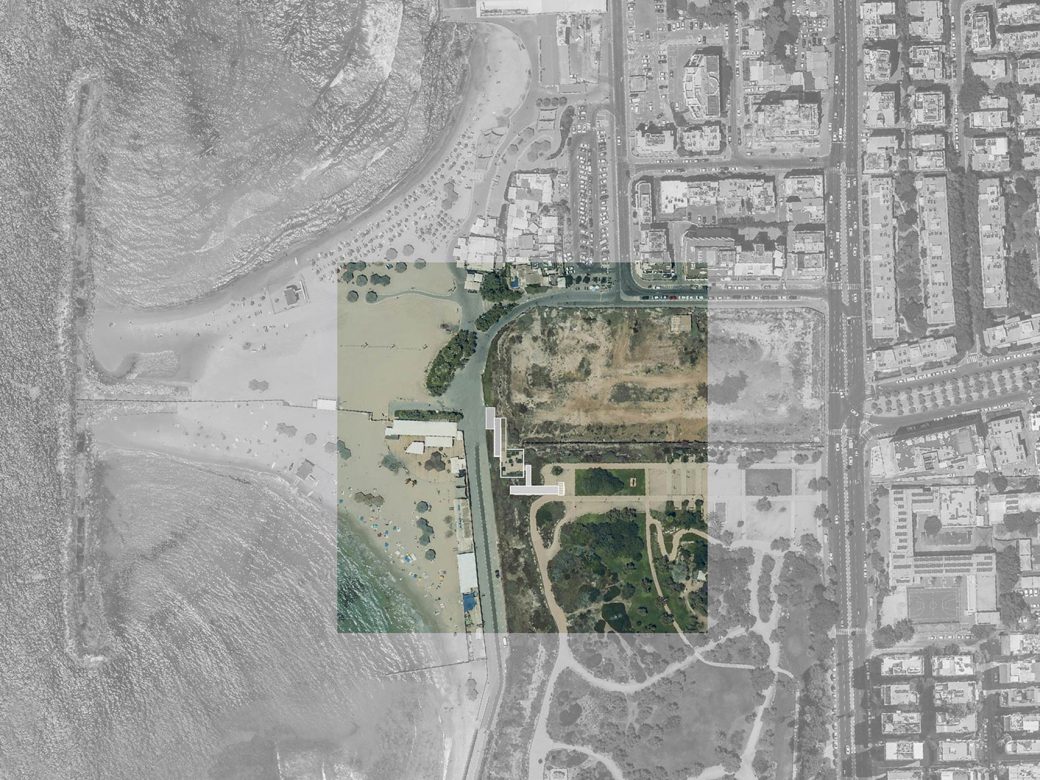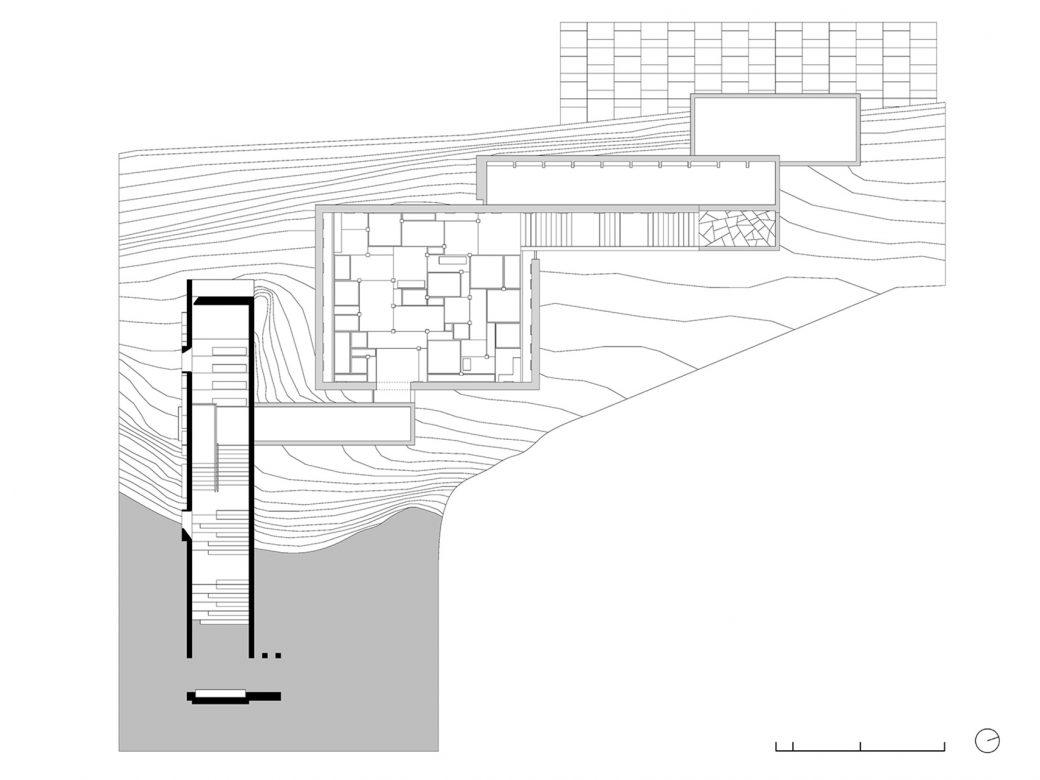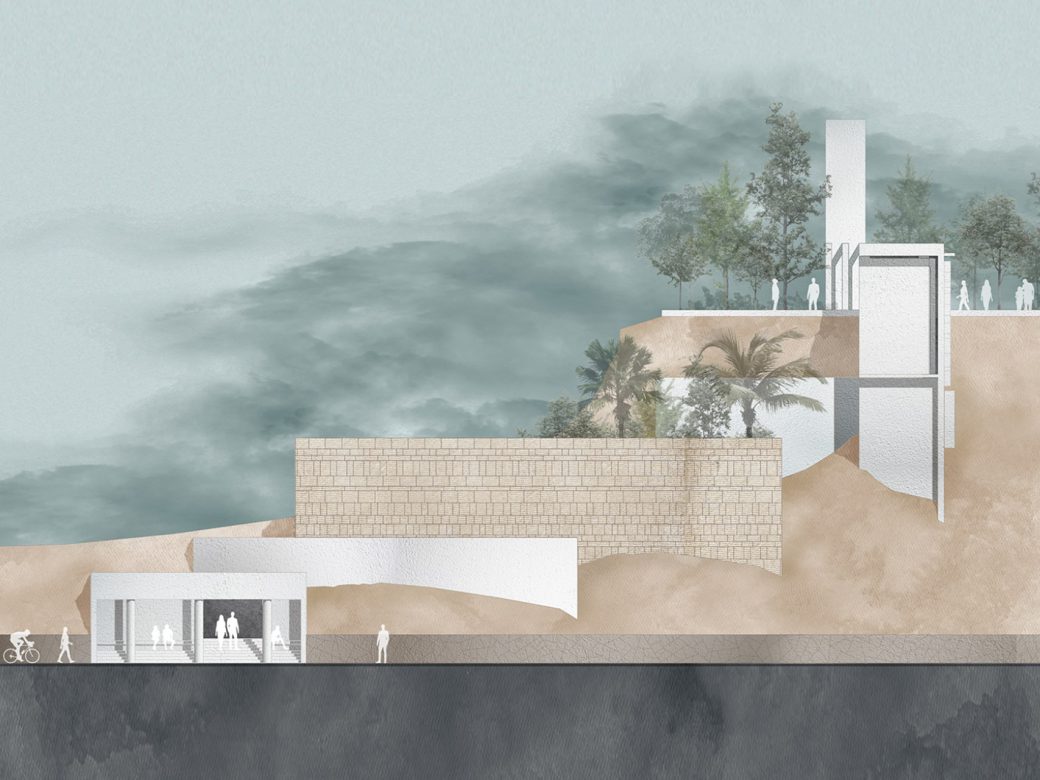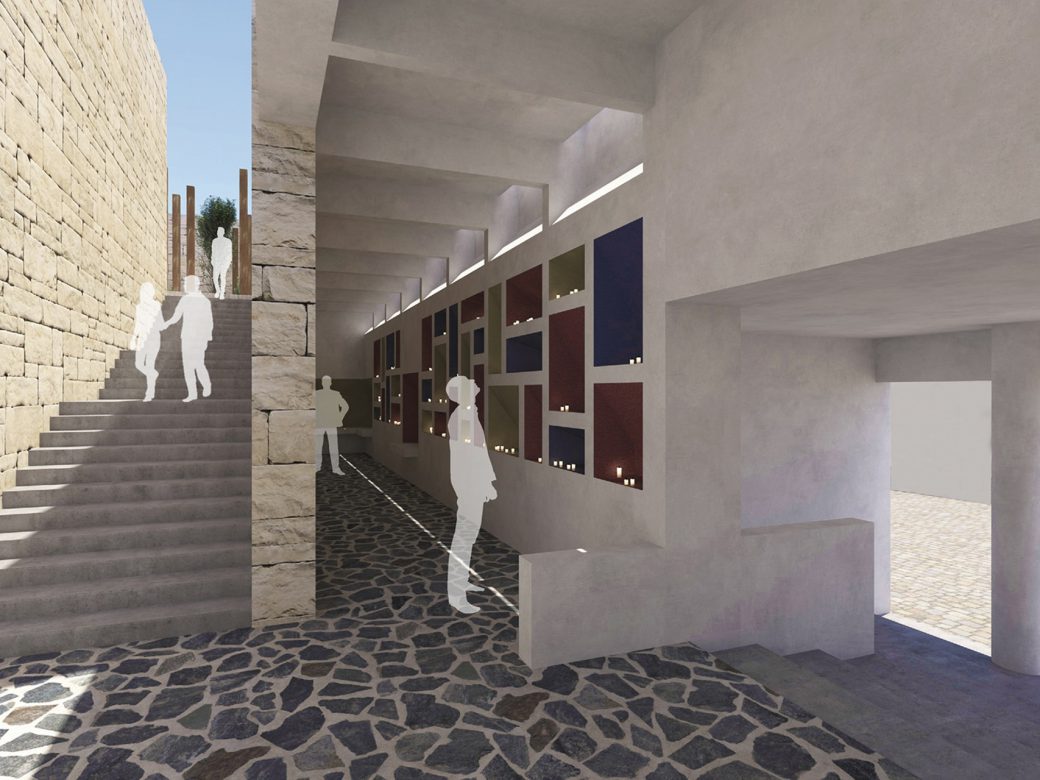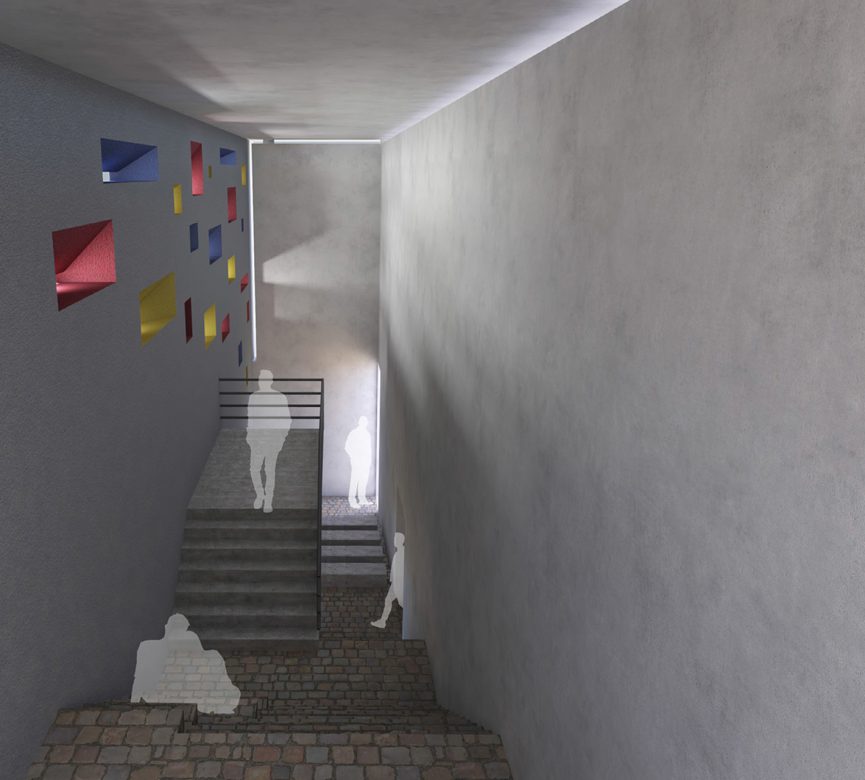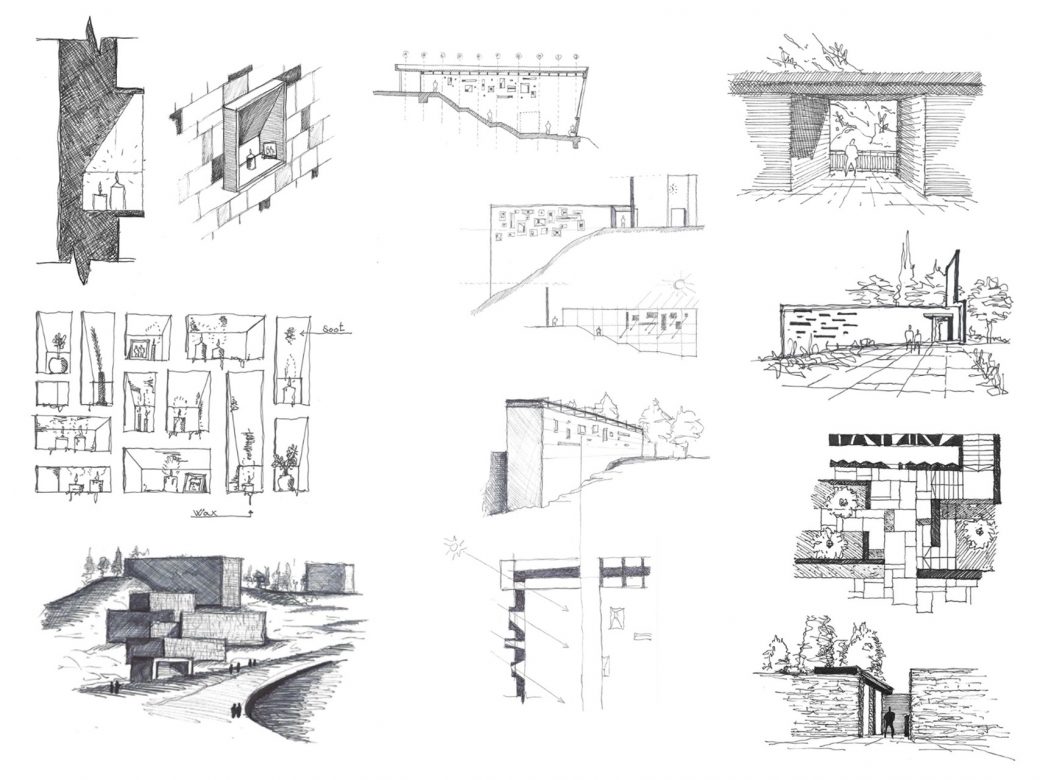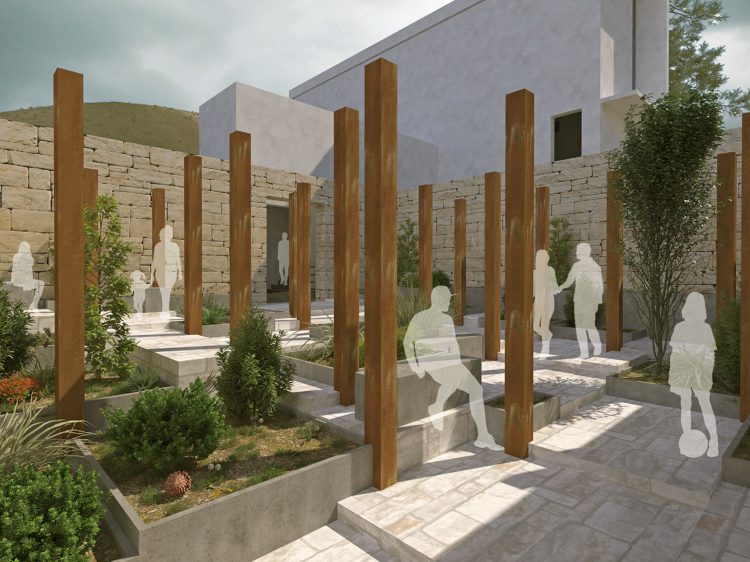
My intention was to expand the canvas of representation by planning an Israeli holocaust memorial that would not reproduce or reinterpret the familiar approaches and gestures of existing holocaust memorials in the country. I wished not to impose any ever present, top-down narrated memory, and wished not reflect the atrocities and genocide; rather, I wished to bring onstage fractions of memories from individual victims and their lives, and fortify these memories by accompanying architectural performance. My experimental memorial consists of both tangible objects such as flora and rusty steel, in combination with intangible elements such as light, shade, colour, smell and ambience. The effort was made to produce a coherent phenomenological experience: a place and space where the cultural aspects are derived from the sensory perspective of the built environment.


